-
Welcome to 4Runners.com!
You are currently viewing as a guest! To get full-access, you need to register for a FREE account.
As a registered member, you’ll be able to:- Participate in all 4Runner discussion topics
- Transfer over your build thread from a different forum to this one
- Communicate privately with other 4Runner owners from around the world
- Post your own photos in our Members Gallery
- Access all special features of the site
How to scope Air Flow sensor with Picoscope 2205A
Discussion in '2nd Gen 4Runners (1990-1995)' started by Fermin4, Aug 16, 2020.

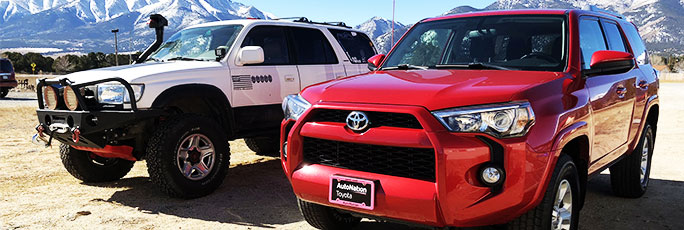
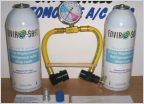 How to recharge and/or refill the AC system?
How to recharge and/or refill the AC system?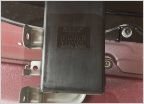 Rear window relay fixed
Rear window relay fixed Ball joints
Ball joints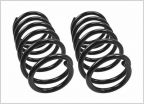 Speedo Correction
Speedo Correction Post Mortem Timing Belt Replacement - Not for the Faint Hearted
Post Mortem Timing Belt Replacement - Not for the Faint Hearted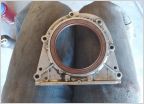 Rear main seal help
Rear main seal help
























